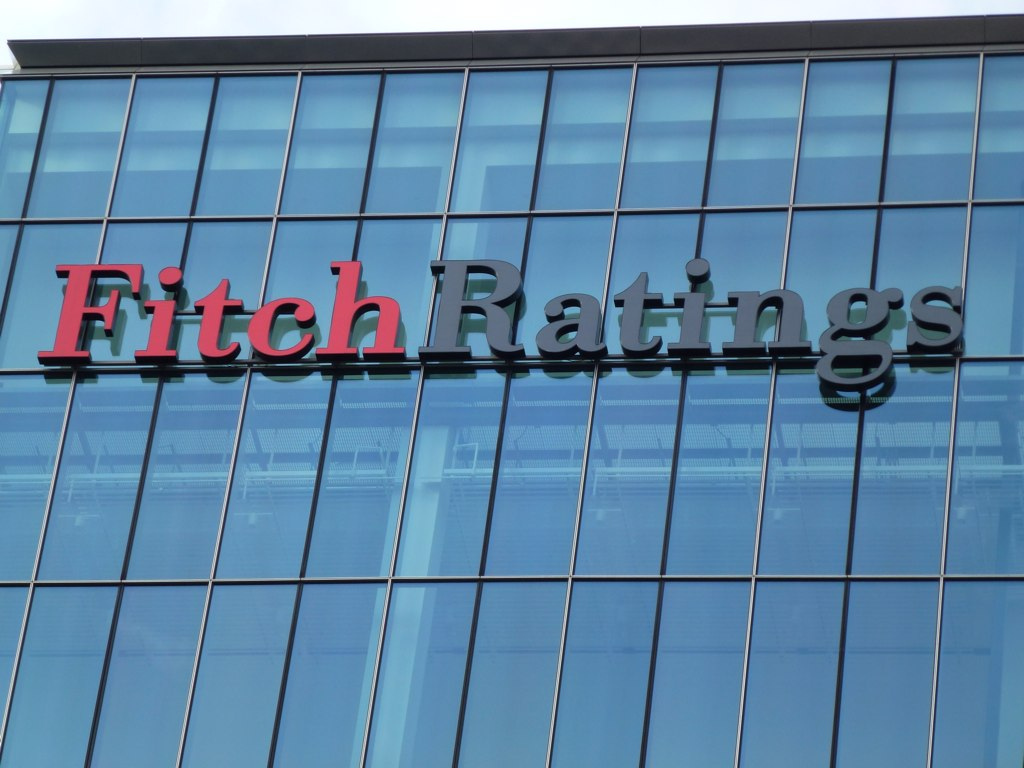Egypt’s first interest rate cut since the exchange rate liberalisation has been made possible by an improvement in macroeconomic stability, underpinned by more orthodox policy settings under the country’s International Monetary Fund (IMF)-backed reform programme, according to Fitch Ratings.
Fitch said that these factors were reflected in its revision of the outlook on Egypt’s “B” sovereign rating to “Positive” last month.
Fitch added that, on 15 February, the Central Bank of Egypt (CBE) cut its overnight deposit and lending rates by 100 basis points (bps) to 17.75% and 18.75% respectively. Its main operation and discount rates were also cut by 100 bps, to 18.25%. The CBE had increased rates by 700 bps since devaluing the Egyptian pound in November 2016.
Fitch noted that headline and core inflation have fallen in recent months as the spike caused by currency depreciation and fiscal reforms subsides.
It further added that the annual headline inflation dropped to 17.1% in January, down from its July peak of 33.0%. Food price inflation, which carries a large weighting and has significant import dependence, has declined sharply from more than 40% to 16.6% year-over-year (y-o-y). Nevertheless, inflation is well above peers and remains a sovereign rating weakness.
“We think inflation will fall further this year but remain in double digits, averaging around 13%. This assumes that further subsidy reform in July leads to energy price increases, especially given higher oil prices. Even so, we expect the CBE to cut rates further this year another 200-300 bps, even as global rates rise, while maintaining positive real interest rates. Since exchange rate reform, the CBE has set out to control inflation expectations. In delivering the rate cut, it said that it would ‘not hesitate to adjust its stance to achieve its mandate of price stability over the medium term,’” Fitch pointed out.
The IMF indicated in December that it was broadly satisfied with the transition to a floating exchange rate regime and the CBE’s efforts to contain inflation when it completed the second review of Egypt’s $12bn, three-year loan programme.
Fitch said that exchange rate reform has proved a turning point for Egypt’s external finances and the economy, with growth of around 5% in the first half of the current fiscal year, notwithstanding the tight monetary and fiscal stance. Reserves have risen, and the current account deficit has started to narrow. Growth and the current account will both benefit increasingly from rising domestic gas production.
It explained that high rates and the reform programme have attracted a surge of foreign participation in the local debt market (non-residents held $19bn of domestic government debt at the end of 2017). Interest rates on domestic government debt started to fall before February’s rate cut, with the 91-day treasury bill (T-bill) rate 450 bps lower than its July peak and the one-year T-bill rate close to its pre-devaluation rate of around 16.5%.
“With rates falling, we think the CBE will be mindful of the risk of some outflows, even though its stock of FX reserves has risen to $38 billion and it has other reserve assets linked to its portfolio repatriation scheme,” Fitch said. “Progress on macroeconomic adjustment was reflected in January’s outlook revision, but the process is not risk-free. Reforming subsidies and bringing down the government debt ratio is a multi-year process. Reforms have not prompted a visible social backlash, and the authorities have minimised the potential for opposition figures to build political momentum ahead of next month’s presidential election. Relatively weak governance, security, and political risks continue to weigh on the rating.”




